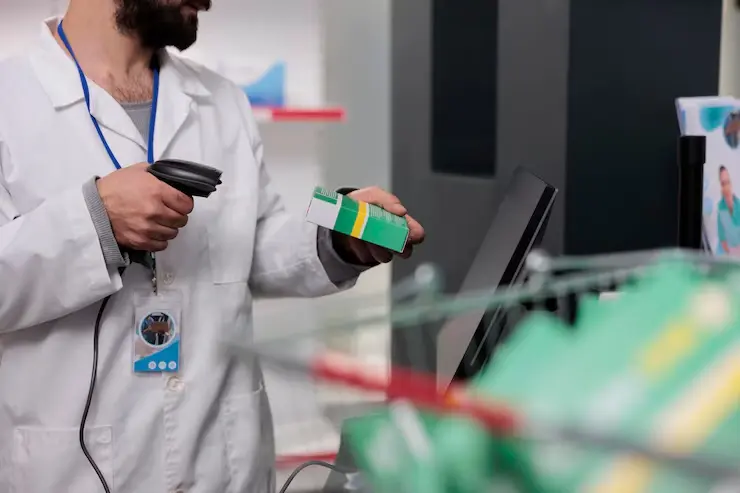What the Packaging of Investigational Drugs Should Ideally Be?

When it comes to clinical research, the packaging of investigational drugs should ideally be more than just functional: it should be foolproof.
Behind every label, seal, and blister pack is a silent but critical contributor to patient safety, data integrity, and regulatory compliance.
Yet, this aspect is often underestimated.
If you’re involved in clinical trials, this is a detail you can’t afford to treat like an afterthought.
What Are Investigational Drugs?
Before a drug earns a spot on a pharmacy shelf, it goes through a long journey of research, testing, and approval.
An investigational drug is one that’s still on that journey. It’s a substance being studied for its safety and effectiveness in humans, but it hasn’t yet received full approval for general use.
These drugs are often used in clinical trials and are regulated under strict protocols. Their packaging isn’t just about appearance or branding. It plays a critical role in ensuring the drug remains stable, uncontaminated, and properly dosed.
And here’s where it gets more specific.
The packaging of investigational drugs should ideally be designed not just for protection during transport and storage, but also to support compliance. If the packaging confuses the patient or site staff, or if it fails to preserve the drug’s integrity, the entire study could be compromised.
So, while the drug itself is under investigation, the packaging isn’t off the hook either. It needs to perform at a high level to support the success of the trial.
How Should The Packaging of Investigational Drugs Be Ideally Designed?
The packaging of investigational drugs should ideally be simple, for the patient, precise, for the clinician, and secure, for the study.
Let’s start with the patient.
Packaging should be intuitive. Clear instructions, distinct labeling, and easy-to-use formats all contribute to one thing: better compliance. If trial participants don’t understand when or how to take their medication, or if they struggle with opening a blister pack, the chances of protocol deviations go up.
Now, think from the site staff’s point of view.
The packaging should support accurate dispensing and tracking. Unique identifiers like batch numbers, expiry dates, and subject-specific labeling must be visible and legible. The design should also prevent mix-ups and preserve blinding, especially in placebo-controlled studies.
Finally, it must stand up to the real world.
That means protection from moisture, light, heat, or contamination during transit and storage. Whether it’s being shipped cross-border or stored in a clinical site fridge for weeks, the drug’s stability must hold.
In short, the packaging of investigational drugs isn’t just a container—it’s a compliance tool, a safety measure, and a quiet guardian of data integrity.
In a Nutshell
The packaging of investigational drugs should ideally go beyond just protection—it should support compliance, ensure stability, and simplify use for both patients and clinical staff. When done right, it becomes a silent partner in the success of a clinical trial
FAQs
Who is ultimately responsible for an investigational product?
The sponsor of the clinical trial holds ultimate responsibility for the investigational product, including its quality, supply, handling, and proper documentation throughout the trial.
Where is information on storage requirements for investigational drugs found?
Storage requirements are detailed in the investigational product’s protocol, Investigator’s Brochure (IB), and product labeling. These documents ensure proper handling to maintain drug integrity and compliance.

Jennifer James
My specialty is developing cost-effective, attractive, and appropriate packaging for protecting products. I am working with the company to design custom packaging that meets the client’s requirements.
